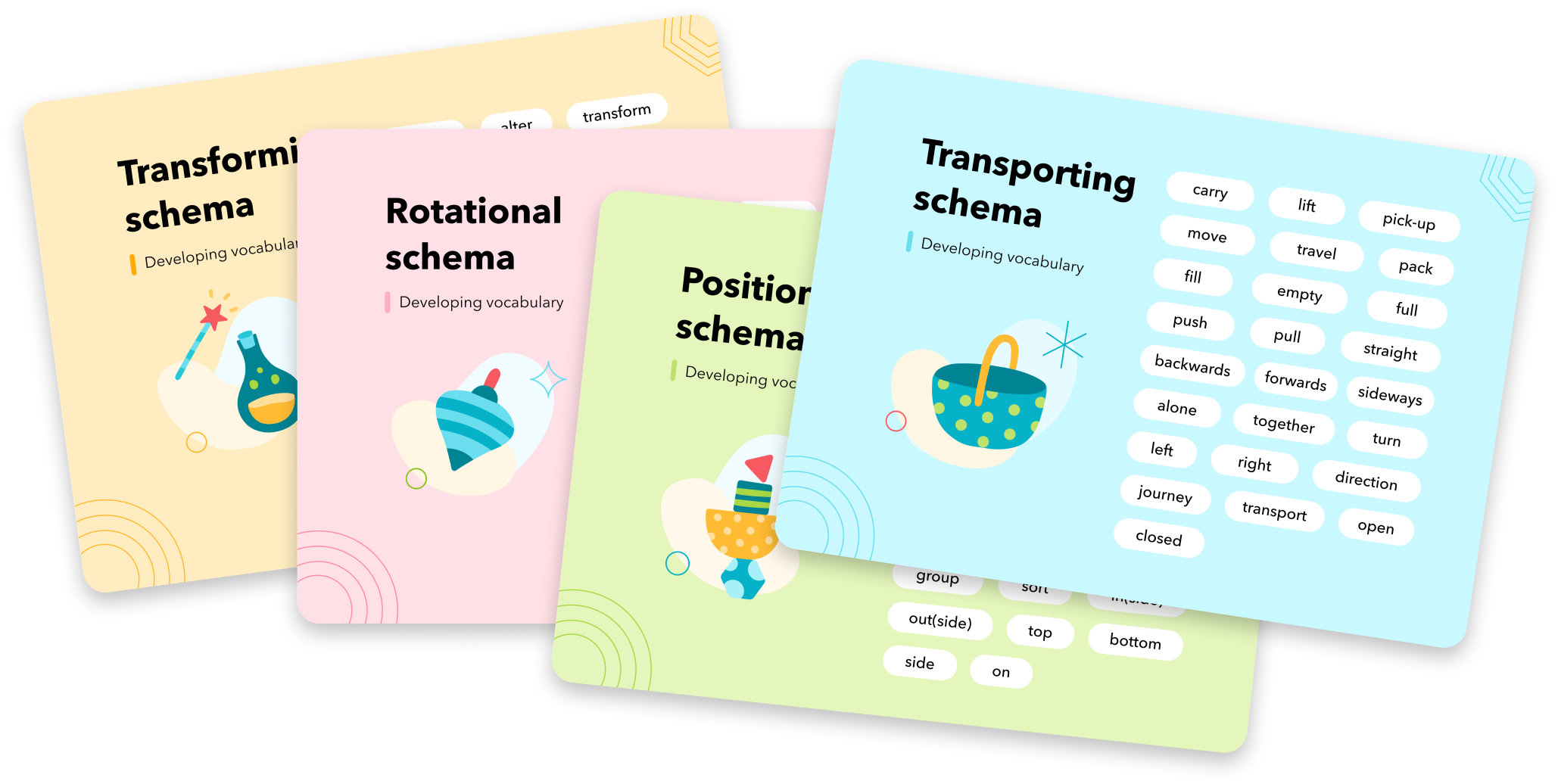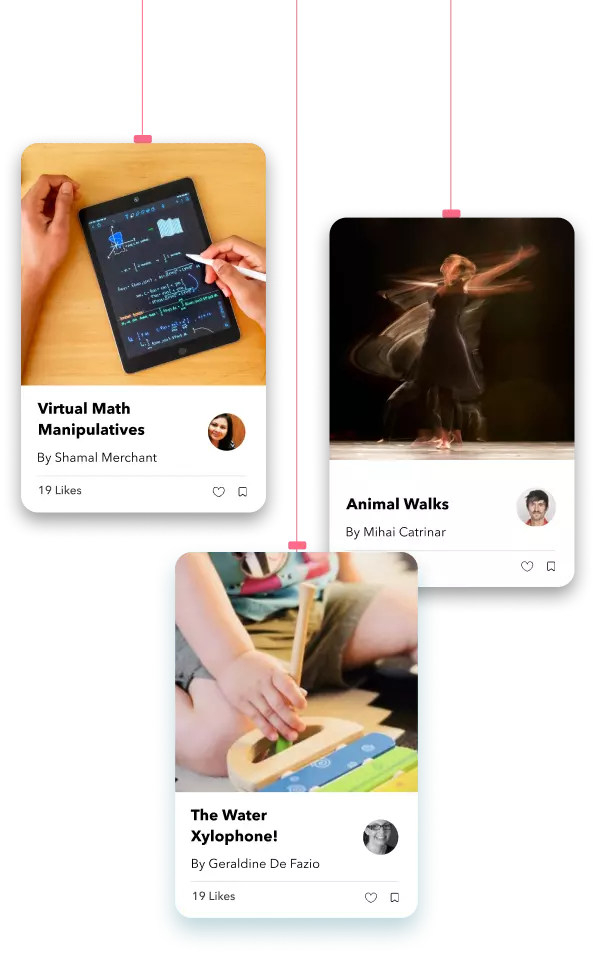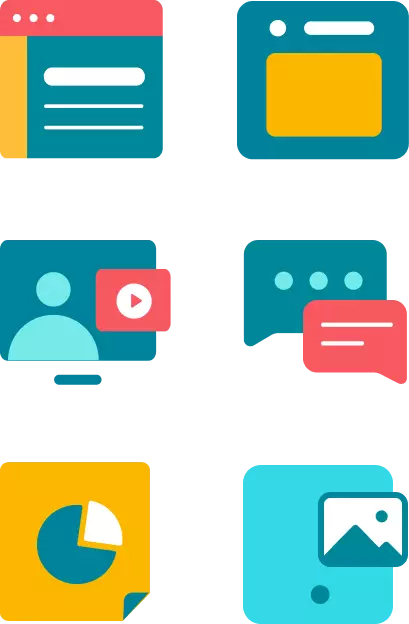You will most definitely have heard the expression that babies are ‘hardwired for interaction’. There is no denying it – their cries, babble, eye gaze, mimicry and eventually chatter, is an innate need for communication. This continues as the child grows, and their thirst for knowledge becomes stronger. As educators, you know there is a positive correlation between high-quality interactions and enhanced learning and development.
What are the foundation stones for high-quality interactions?
- Be present. Pause, tune in to yourself and the moment, and consider how you might need to adjust to create a “just-right” fit with a child.
- Connect. To foster trust and confidence, let that child know that you see them; are interested in what they are doing, saying, and thinking; and want to spend time with them.
- Extend learning. Make use of your strong connection with the child to stretch their knowledge, skills, thinking, or language and vocabulary (Jablon 2020).
Through the process of observing, identifying and then supporting the child’s schemas in play, you are already tuned in and connected. Alongside the provision of suitable resources to support play explorations, you can also engage in conversations which extend the learning, deepen conceptual understandings and develop new vocabulary.
Developing vocabulary in schematic play
The number of words that a child hears from adults is a predictor of the expanding vocabulary of the child.
- By two years old, the child is expected to say 50 words and understand between 200 and 500.
- By three years old, they’ll be able to use about 300 words.
- By the time a child reaches five years old, they’ll know and use as many as 2,500 words (ICAN, 2022).
There is a clear connection between the development of language and conceptual understandings. Children need language to explain and describe their thoughts and ideas. Alongside this, the development of vocabulary is also essential for literacy learning (reading and writing).
Adults can purposefully use a range of vocabulary when interacting with children; exploring connections between words, modelling how these are used in dialogue, and supporting their use when children are discussing ideas and understandings.
We have created a downloadable set of vocabulary cards specifically related to schematic play, that you can use to facilitate your interactions with children, and their development of language. These are ‘peek and use’ synonyms and antonyms that can enhance dialogue in play.








